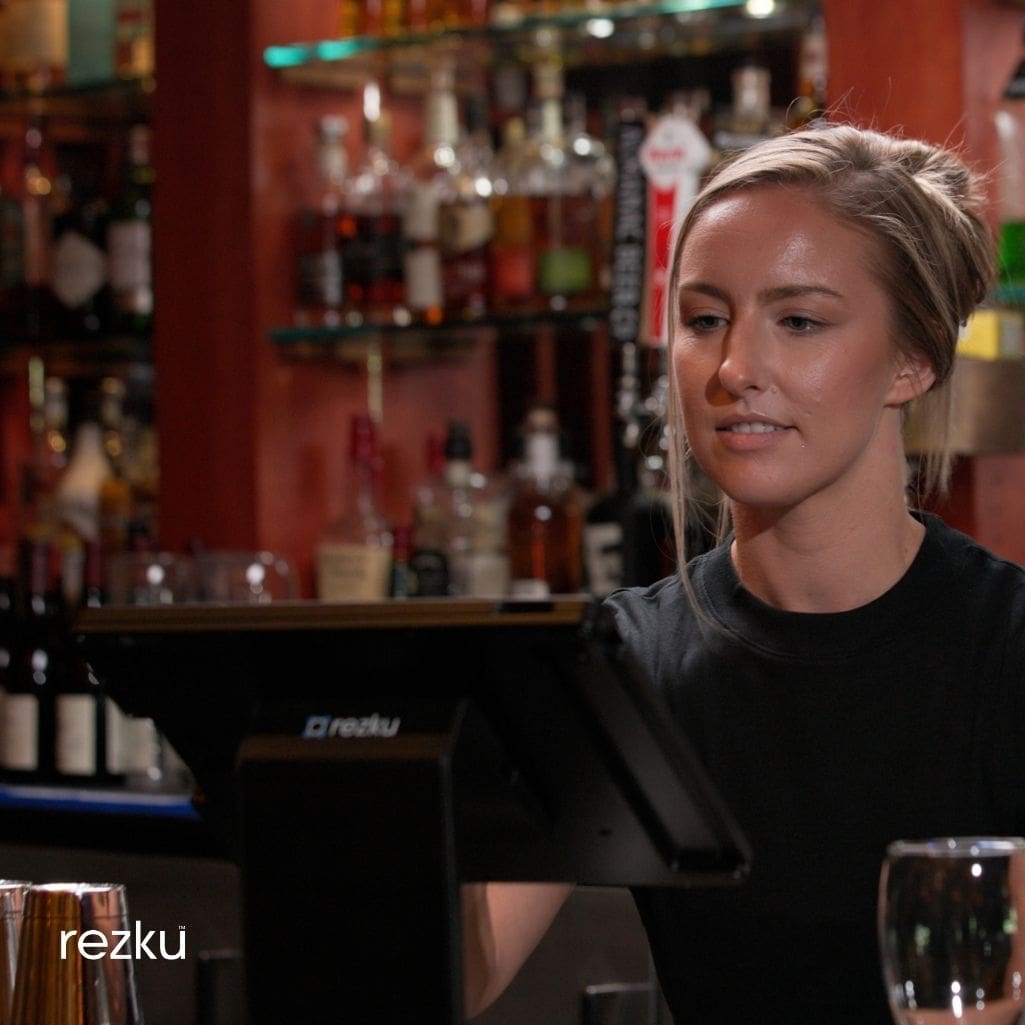Learn Top Restaurant Interior Design Secrets: How to Balance Practicality and Art
The Rezku Team

In the hyper-competitive hospitality industry, a restaurant’s front-of-house design is much more than mere aesthetics; it’s a potent tool that can profoundly shape the entire dining experience. From the moment guests cross the threshold, the ambiance, layout, and sensory elements work in synergy to create an immersive environment capable of either captivating or alienating them.
Crafting a compelling front-of-house space is an art form that seamlessly blends practical functionality with psychological principles, ensuring every aspect contributes to a memorable guest experience.
The Psychological Power of Interior Design For Restaurants
The profound impact of interior design on human behavior and emotions is well-documented, and restaurants can leverage these insights to cultivate a distinct atmosphere.
Color Psychology
Warm colors like red and yellow are eye-catching, stimulating appetite and creating an energetic vibe. This makes them ideal for fast-casual eateries like diners or burger joints. Cool hues like blue and green evoke feelings of calm and relaxation, better suited for upscale dining where guests linger. For example, boutique farm-to-table restaurants often employ natural green and brown tones.
Red is also associated with passion, romance and can stimulate conversation - an excellent choice for intimate date-night restaurants. Blue connotes trust, peace and professionalism, apropos for corporate dining. Yellow promotes cheerfulness and optimism, perfect for family-friendly establishments.
Lighting Design
Lighting plays a pivotal role in ambiance. Dimmer lighting fosters a relaxed, intimate atmosphere as seen in fine dining establishments like Orchids at Palm Beach. Brighter illumination creates an energetic, lively vibe better suited for high-turnover eateries like urban bistros. Strategic placement of focused lighting can highlight architectural elements or create depth.
Sound Design
Carefully curated ambient music enhances the experience by influencing perceived wait times, taste perception and satisfaction levels. Slower tempos and softer volumes promote relaxation while upbeat music accelerates dining. Incorporating sound-absorbing materials mitigates noise, enabling comfortable conversation as demonstrated by the use of textured wall panels at acclaimed chef Dan Barber’s restaurants.
Practical Considerations for Restaurant Interior Design
Beyond psychologically impactful design, pragmatic factors are vital for a functional front-of-house that facilitates service.
Layout and Flow – Well-conceived layouts promote efficient movement with ample spacing between tables and clear pathways to restrooms, bar areas and exits. Designated waiting areas enhance the overall experience. At Chicago’s Maple & Ash, the layout allows unobtrusive continuous service.
Seating Options – Diverse seating accommodates different party sizes and preferences. A mix of booths, banquettes and freestanding tables in varying configurations caters to couples, large groups and everything in between. Adjustable chairs enable accessible, inclusive seating.
Accessibility – Compliance with ADA guidelines for accessible pathways, restrooms and seating is essential from both a legal and ethical standpoint. Eateries like the family-friendly Cheese Course Bistro feature amenities like high chairs and changing stations.
Restroom Design – Well-designed restrooms leave a lasting impression. Prominent signage, ample lighting and impeccable cleanliness are musts. Innovative touches like full-length mirrors, high-end amenities and artwork elevate the experience to greater heights.
Integrating Sensory Design Elements
Thoughtful engagement of the senses elevates an eatery into an immersive dining destination.
Scent – Aromas are closely tied to memory and can reinforce themes. The woodsy smells of a fireplace and cedar planking instantly evoke Pacific Northwest lodges. The yeasty aroma of freshly baked bread primes guests for a hearty Italian meal.
Texture – Incorporating tactile materials like stonework, wood, or nubby upholstery fabrics into designs enhances depth and comfort. For example, the Byway Brewery deftly melds rustic and industrial elements through wood, steel and exposed brick.
Artwork – Locally sourced artwork and decor pieces speaking to an area’s culture or history foster authenticity. The vibrant, eclectic murals at Boston’s CRAVE immerse guests in the restaurant’s funky, urban vibe.
Lighting Artistry – Inventive lighting designs create visual magic worthy of galleries or museums. Programmable color-changing LED strips enable seamless transitions to set different moods throughout a service, as perfected at the avant-garde ASKA in Brooklyn.
Embrace Ongoing Refinement
Even the finest designs require continual polish to maintain an impeccable experience.
Cleanliness – Establish robust cleaning protocols to maintain a fresh, inviting environment that exudes attention to detail. Close attention should be paid to restrooms and surfaces that come into direct contact with guests.
Refreshing Finishes – Periodic refurbishments of elements like paint, fabrics and flooring keep spaces feeling fresh and contemporary.
Versatile Arrangements – Flexible, modular elements like movable walls enable quick transformations for events while preserving overall aesthetics.
Elicit Feedback – Gathering feedback from guests and staff enables proactive issue resolution and refinements by aligning spaces for practicality and evolving tastes.
Conclusion
Designing a captivating front-of-house transcends mere aesthetics - it’s an artful melding of psychological strategies and pragmatic function to orchestrate a holistic, resonant guest experience. A truly great restaurant design etches itself into patrons’ memories and sense through thoughtful engagement of sight, sound, smell, taste and touch. While achieving such singularity requires commitment and vision, the rewards are loyal patrons who crave a transcendent, distinctive dining experience.
Rezku has been helping new and established restaurants achieve their business goals using the latest restaurant management software for over 10 years. Contact us today for a complimentary restaurant technology consultation.
Phone: 844-697-3958 x2
eMail: Sales@Rezku.com
Is Rezku the POS system you’ve been searching for?
Get a custom quote and start your free trial today.
Related Posts


